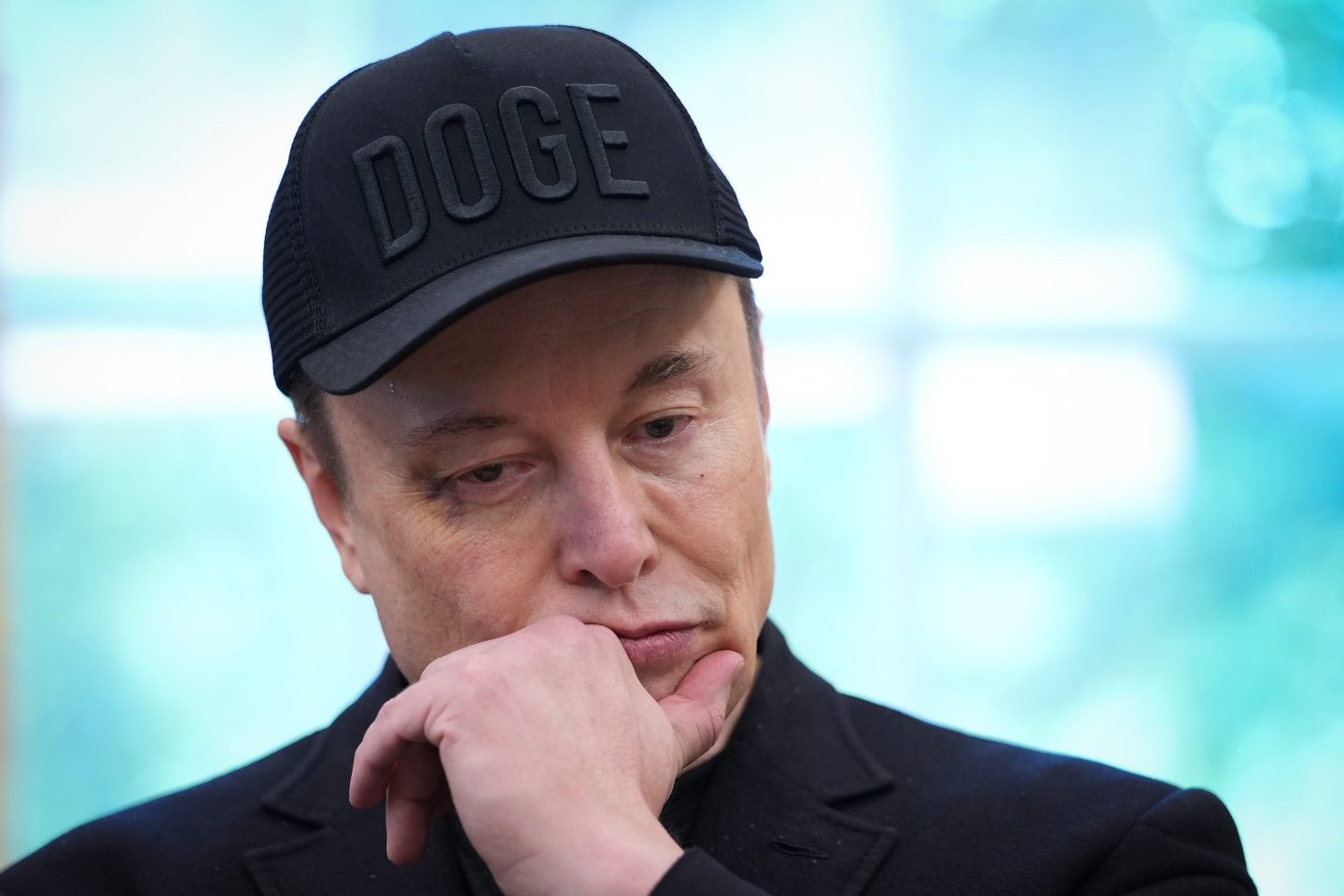Global supply chain shifts brought on by a severe bottleneck in microchips could help usher in a golden age of profits for ASML Holding NV.
The Dutch supplier of semiconductor manufacturing equipment upgraded its revenue outlook on the back of a supercycle in demand, forecasting a strong second half that will power nearly 30% growth for this year.
“Just read the papers, there are chip shortages everywhere,” Chief Executive Peter Wennink said in a broadcast statement following its first quarter results. “We have seen a significant spurt in terms of customer demand.”
Market conditions have changed drastically since January, when he predicted a 12% jump in annual sales over the 14 billion euros ($16.8 billion) generated in 2020. Thanks to improved visibility, ASML also guided for gross margins rising to 51%-52% from the 48.6% achieved last year.
On Wednesday, the company published quarterly accounts that revealed topline growth and profitability surpassed its own forecasts. Margin-rich software upgrades were rushed out as a stopgap solution to help semiconductor fabs boost output prior to the arrival of more ASML machinery.
“Customers pulled everything that they had in plan for productivity improvements into Q1,” Wennink explained.
He warned this would affect revenue and profits previously expected for the second quarter, which will be “a bit light” before growth picks up pace once again.
As countries emerge from the pandemic, logic and memory chip manufacturers are scrambling to meet orders originating from every corner, from consumer electronics to passenger cars.
This cyclical upswing triggers the need for more ASML photolithography equipment used to print billions of nanoscopic-size transistors that comprise circuits like central processing units (CPUs).
Onshoring
The pent-up demand from the ongoing global semiconductor shortage will taper off next year, ASML predicts, but this will feed seamlessly into another source of revenue going forward: onshoring.
About 85% of its machines were shipped to customers in just three markets last year: Taiwan, South Korea and China. American and European customers, by comparison, comprised just 12% combined.
Lost economic activity as a result of the chip crunch has now prompted calls to reduce reliance on traditional production centers in Asia and relocate more factories closer to home — even if it wastes resources by duplicating supply chains built up over decades.
“It’s the decoupling of a worldwide ecosystem,” Wennink said. “There is a beneficiary of that capital inefficiency, and that’s us.”
Onshoring comes on top of an underlying trend in digitalization that is set to last for years into the future.
Whether it is next-generation 5G mobile networks, artificial intelligence or high-performance computing, the outlook for chip demand and in turn ASML’s semiconductor equipment looks increasingly bright.
“The total year looks very strong and the second half also,” he said, “which is one of the reasons why we’re stepping up our capacity.”
ASML is also driving innovation in the sector. The Dutch company is the sole provider of cutting-edge photolithography systems that employ extreme ultraviolet (EUV) wavelengths in order to pack even more transistors onto one chip.
Thanks to improved production methods that reduce the cost, the technology is becoming increasingly attractive for memory as well as logic chips.
The company said it was coordinating with its own suppliers to begin delivery of its latest generation machine, called NXE 3600D, in the second half. It pledged to deliver 55 units next year, which offer chipmakers 15-20% higher productivity versus the current NXE 3400 available today.
Last year it booked revenue of 4.5 billion euros ($5.4 billion) from the sale of just 31 such machines.












